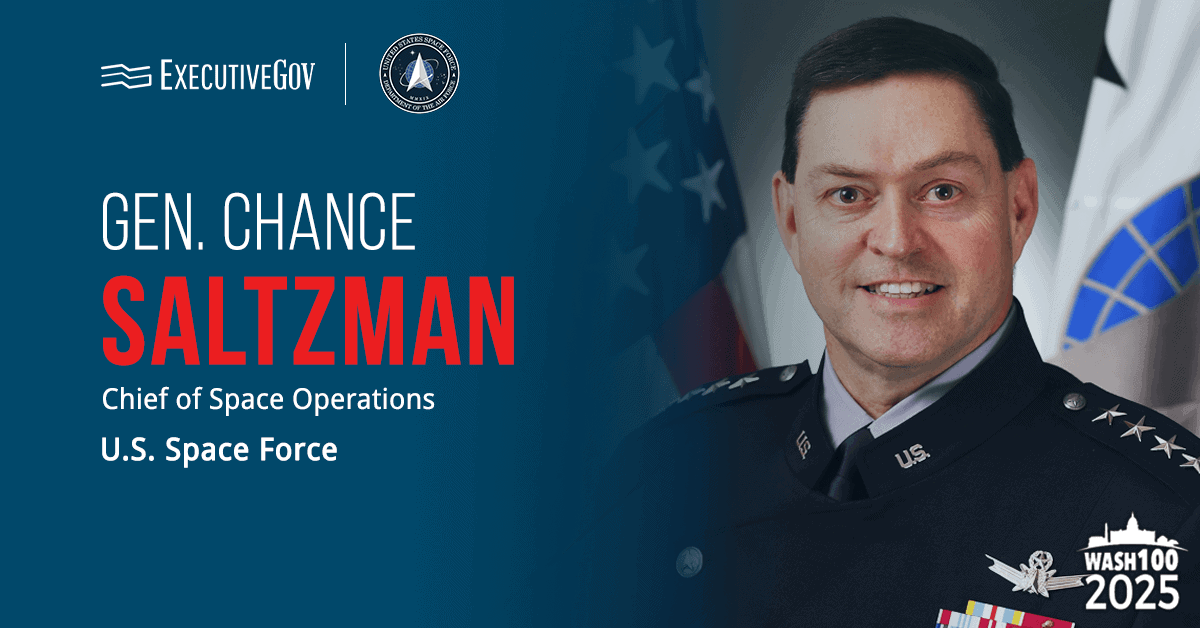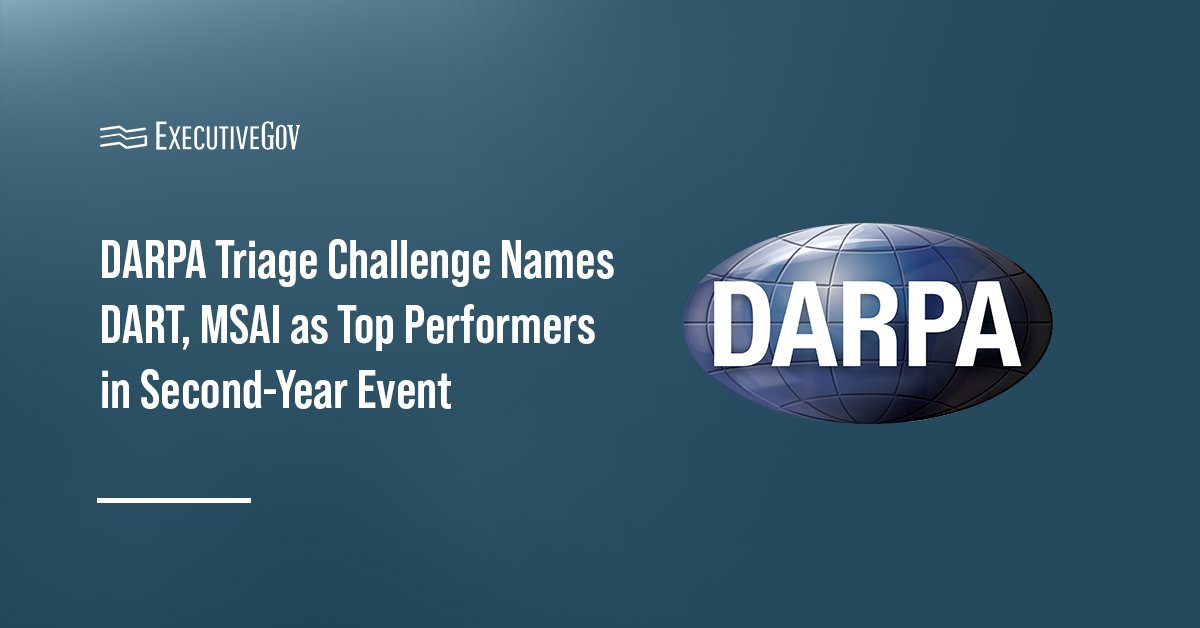The U.S. Space Force has released Vector 2025, a consolidated reference outlining the direction and momentum the service intends to maintain as it continues its transition into a warfighting organization. According to the service branch, the document compiles the core concepts, priorities and service-level activities that underpin the Space Force’s approach to space superiority.
Gen. Chance Saltzman, Space Force’s chief of space operations and a three-time Wash100 Award recipient, said the publication is not a plan or strategy, but a “vector” meant to help Guardians understand how ongoing initiatives connect across doctrine, force design and day-to-day operations.
Table of Contents
What Does Vector 2025 Emphasize?
The document aligns the service around its formative purpose: achieving and maintaining space superiority. It reiterates that the joint force depends on space-enabled capabilities and that the Space Force must be organized and trained to contest and control the domain against a thinking adversary.
Vector 2025 also outlines the Space Force’s theory of success, known as Competitive Endurance, which centers on avoiding operational surprise, denying adversaries a first-mover advantage and conducting responsible counterspace operations that do not create debris hazards.
How Will the Space Force Build the Force It Needs?
Vector 2025 details four service-level activities that anchor the transformation:
Force Design
This activity defines the force that the service needs five to 15 years ahead. It relies on future operating environment forecasts, wargaming, experimentation and detailed mission analysis to shape the “Objective Force,” a blueprint for capabilities, capacity and force structure. The Objective Force serves as a living reference for modernization and informs resourcing discussions with allies and partners.
Force Development
This portion focuses on improving the “Fielded Force,” blending capability development with career-long personnel training. It highlights new training pipelines for officers, enlisted Guardians and civilian professionals, as well as acquisition-specific improvements such as space-focused qualification training. Vector 2025 stresses the need to build a workforce with deep, domain-centered expertise.
Force Generation
Space Force Generation, the Space Force’s rotational readiness model, creates dedicated time for advanced training rather than relying on continuous daily operations. Vector 2025 calls for enhancing the readiness activities enabled by SPAFORGEN by expanding operational test and training infrastructure and implementing mission deltas and system deltas as integrated counterparts to strengthen unity of command and tighten coordination between readiness and capability development.
Force Employment
This activity focuses on the operational roles of Space Force units, including planning, coordinating and integrating space capabilities with the Joint Force. Vector 2025 notes that the service is maturing its component commands, strengthening their ability to shape theater plans, support global operations and provide continuous space domain awareness, defensive space control and other mission essential functions.
Why Issue Vector 2025 Now?
Saltzman wrote that the Space Force must remain adaptable as technologies and threats evolve, noting that “the difference between haste and efficiency is understanding.” He encouraged Guardians to internalize the document’s guidance to support the service’s transition into a fully realized warfighting organization.
The document consolidates direction from existing strategies and doctrine, including the Space Warfighting Framework, the Commercial Space Strategy and the forthcoming Objective Force.





